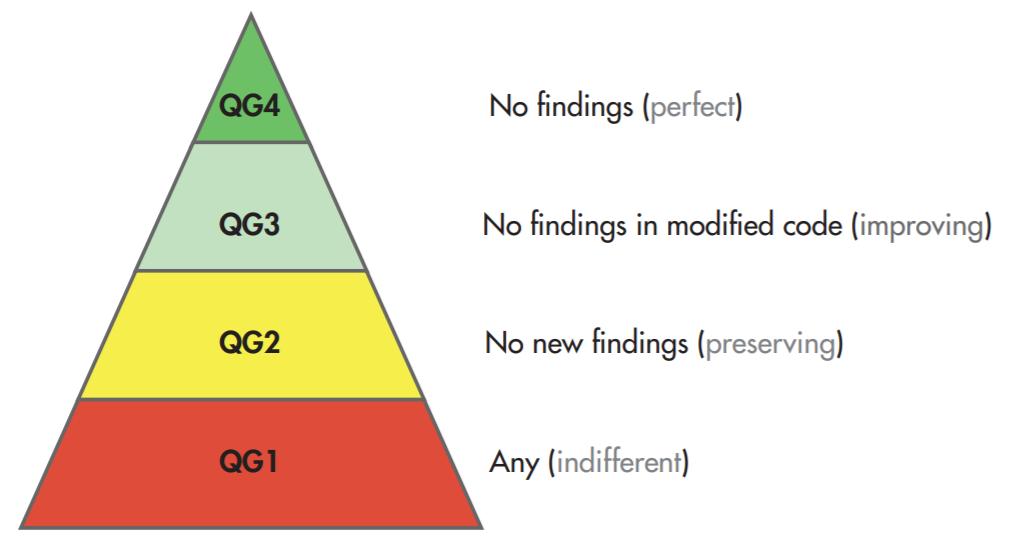INTRODUCTION
The well-known JavaScript framework Angular has been
developing quickly to meet the constantly changing needs of contemporary web
development. Developers that are creating intricate and scalable apps continue
to pick Angular due to its solid architecture, two-way data binding, and
substantial tooling. We'll explore some of Angular's most recent features in
this blog article, which will make it even more effective and powerful.
1-Ivy Renderer: An Improvement in Performance
The Ivy Renderer is one of the most significant recent
developments. The next-generation rendering engine for Angular, called Ivy,
offers greater debugging tools, smaller bundle sizes, and faster application
performance. It accomplishes this by providing selective component rendering
and introducing more effective change detection algorithms. Smaller payloads
and faster applications as a result give users a better experience.
2-Strict Mode: Improving Code Quality**
Strict Mode was introduced by Angular to impose more
stringent type checking and higher code quality. By turning on strict mode, the
framework can detect more mistakes during the development stage, decreasing the
possibility that problems would make it into production. This feature improves
the overall dependability of Angular apps by bringing Angular closer to
TypeScript's strong typing.
3- Custom Elements with Angular Elements
You may develop and package Angular components as reusable custom elements, sometimes referred to as Web Components, using Angular Elements. Regardless of the underlying framework, this capability gives you the ability to turn complex portions of your application into standalone components that may be easily incorporated into various projects. This encourages reusability and makes maintenance easier for many applications.
4-Differential Loading: Performance Enhancement
Applications must load quickly on both desktop and mobile
platforms for modern web development. The Angular CLI's Differential Loading
functionality creates numerous bundles that are optimized for various browser
versions. This makes it possible for the browser to only download a smaller
bundle with polyfills when absolutely necessary, which leads to quicker load
times and enhanced
5. Efficient Resource Loading with Lazy Loading and Dynamic
Imports
For a long time, Angular has enabled lazy loading for
modules, allowing you to load modules only as needed. You can now exert even
finer control over which resources are loaded when thanks to dynamic imports.
You may prioritize essential components and load the remaining ones as needed,
which is especially helpful for speed optimization and cutting down on initial
load times.
6. Nullish Coalescing and ngIf Else: Enhanced Template Logic
With the inclusion of functions like "ngIf else"
and the nullish coalescing operator (?? ), Angular's template syntax keeps
getting better.
7. Guided Development: Improved CLI Prompts
Interactive prompts have been added to the Angular CLI to help developers create components, modules, and other types of artifacts. These prompts provide more information and configuration alternatives, assisting developers in making wise decisions and easing their cognitive load when configuring various application components.
8-Router Scrolling, 8. Improved User Experience
The router in Angular now offers better control over
scrolling behavior while switching between routes. The router's ability to keep
scroll position, scroll to the top of the page, or use a custom scrolling
technique can all be configured. The user experience is improved by doing this,
especially in single-page applications with intricate design and lengthy pages.
Conclusion
The framework's dedication to giving developers the
resources they need to create high-quality, effective, and maintainable
applications is exemplified by its most recent features. In order to fulfill
the needs of contemporary web development, Angular is constantly evolving.
Improvements include increased template logic, interactive prompts, and speed
optimizations using Ivy and strict mode. Developers can produce software that
offers outstanding user experiences across a range of platforms and devices by
utilizing these qualities. The most recent Angular features have something to
offer to speed your development process and improve the capabilities of your
application, regardless of whether you're creating a large-scale enterprise
application or a tiny personal project.
 |
| Fuzail khan |









No comments:
Post a Comment